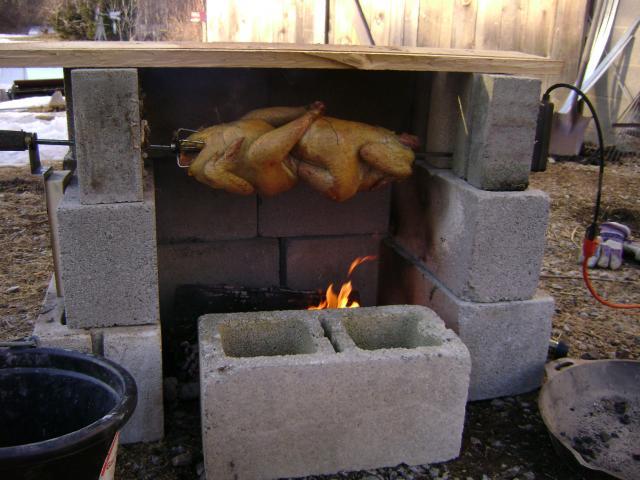Quote:
Thanks, I will try again. I may just have not been looking in the right spot.

Quote:
I assume your culling for toes straight out of the 'bator? Anything else you look for?
I'm going to test hatch some this fall as soon as they are laying and culls are going on meat grower so I can watch them mature and find out what Dorking tastes like. I'll grow out the others an see what they are like and see what the parents might be hiding.
Quote:
Wow! I have Rock envy! I wish my boy looked like that!

Thanks, I will try again. I may just have not been looking in the right spot.

Quote:
I assume your culling for toes straight out of the 'bator? Anything else you look for?
I'm going to test hatch some this fall as soon as they are laying and culls are going on meat grower so I can watch them mature and find out what Dorking tastes like. I'll grow out the others an see what they are like and see what the parents might be hiding.
Quote:
Wow! I have Rock envy! I wish my boy looked like that!








